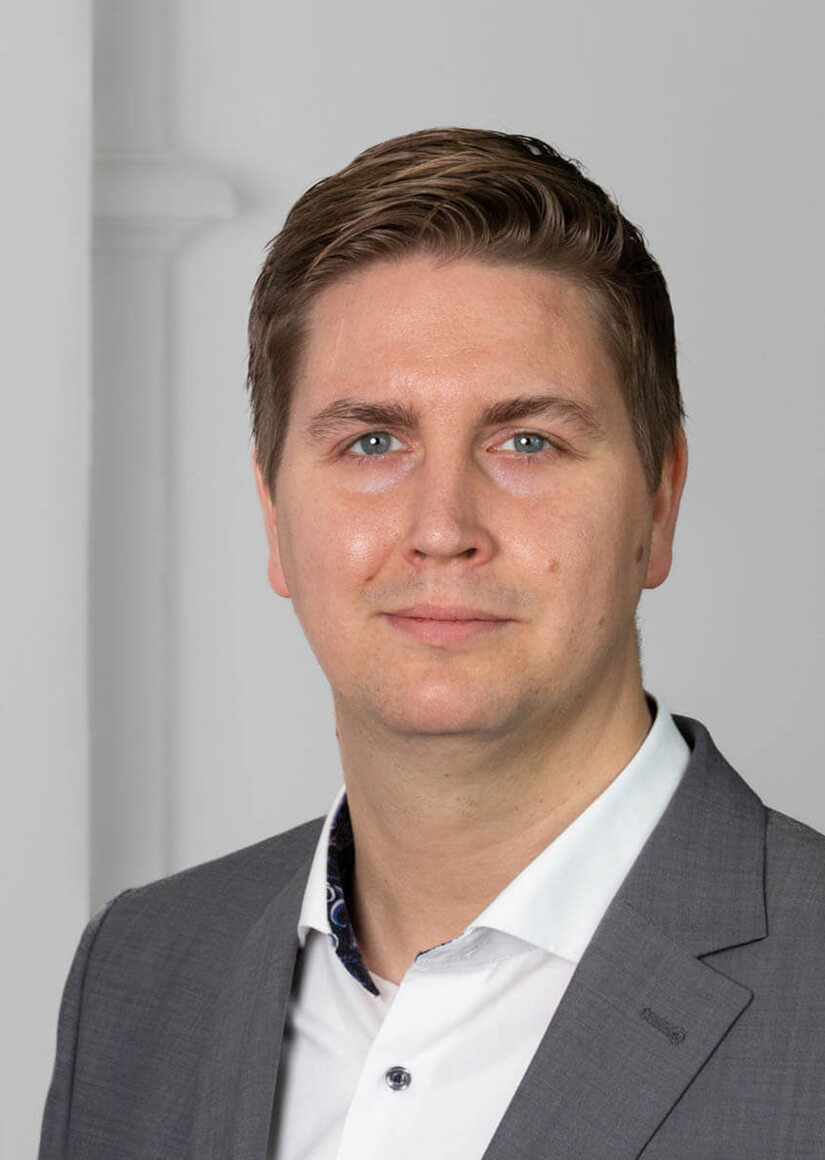As consequence of the decarbonisation of the electricity system, conventional power plants are gradually being shut down and more renewable energy with volatile feed-in is being added to the electricity system. Significant shares of ancillary services (AS), including congestion management, have so far been provided primarily by conventional power plants, which are gradually being decommissioned. In the future, ancillary services will therefore have to be taken over by new players in the electricity sector on the generation and consumption side. These include renewable producers, storage operators, but also new load-side flexibilities, such as electrolysers, which will produce renewable hydrogen in the future.
Electrolysers can be called upon for congestion measures and system services and thus contribute to system and grid stability. However, the techno-economic potential of electrolysers in this provision is unclear. It is therefore unclear whether or what incentive plant operators have, to provide this service. In anticipation of a ramp-up of electrolysers, it is also unclear which technical requirements grid operators, particularly 50Hertz, should derive and communicate to operators and manufacturers of electrolysers.
For this purpose, the technical characteristics of electrolysers are analysed and a comparison is made with the requirements for the provision of the above-mentioned SDL. This includes information from interviews with electrolyser operators and manufacturers.
The economic attractiveness of the provision of the SDL by (current and future) electrolyser operators is analysed. The influence of the regulatory framework over time is taken into account by comparing the status quo and deriving recommended adjustments.
In addition, the consequences for pilot project plans over time are to be worked out in the recommendations for action so that 50Hertz can incorporate the results into specific project plans with electrolysers.
The potential of electrolysers to provide system and ancillary services in the areas of redispatch (congestion management), reactive power and inertia have been determined and recommendations for action to increase the potential have been derived.

